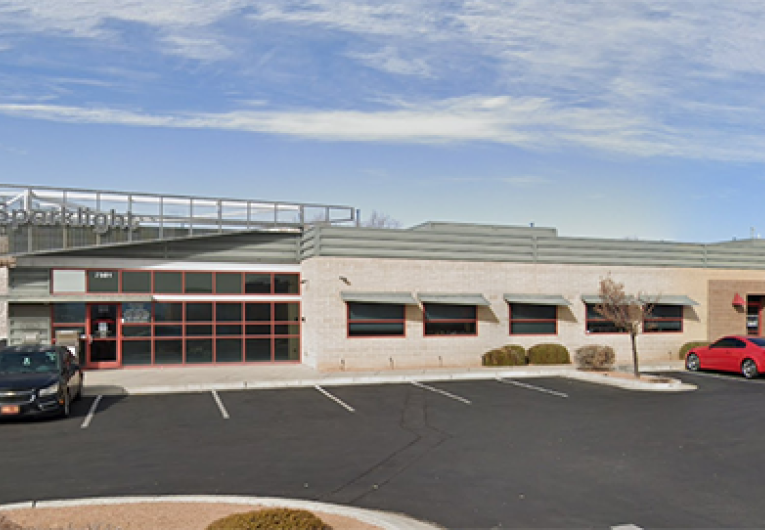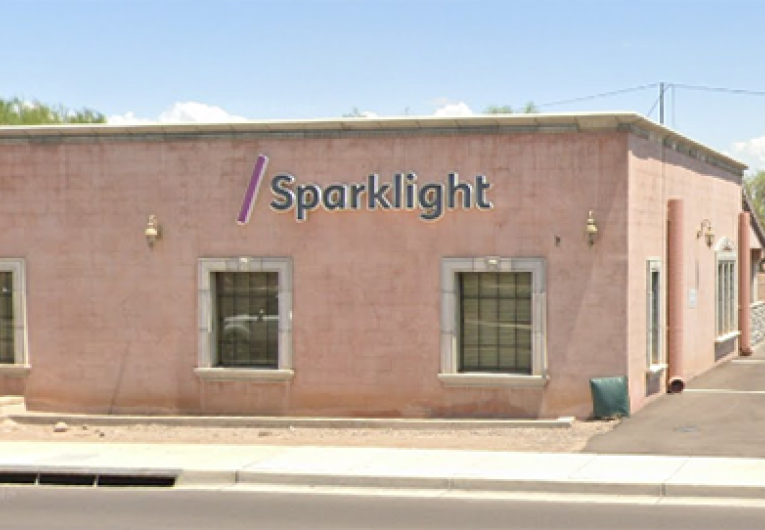
DSL vs. Cable
Virtually every business needs a high-speed broadband internet plan, and business owners are often torn between DSL vs. cable internet. Both options have advantages and disadvantages compared to the other. You should choose the option that best fits your business needs and budget. Here, we pit the two front-runners against each other to help you answer the question: DSL or cable?
What is DSL Internet?
DSL is an acronym for digital subscriber line. A DSL modem transmits data across copper telephone lines. DSL internet can coexist with a wired telephone service using the same phone line. While much faster than dial-up internet, DSL internet is generally slower than cable. DSL may also be referred to as ADSL, or asymmetric digital subscriber line, the most popular type of DSL internet for homes and businesses. A DSL provider may place a bandwidth cap to limit users' download speed based on data usage.
What is Coaxial Cable or COAX?
Cable internet transmits data across coaxial cable lines. DSL internet transmits data across copper telephone lines, whereas broadband cable internet integrates into the cable TV setup. While generally faster than DSL, both a cable network and DSL may be subject to bandwidth limitations.
The Difference Between a DSL vs. Cable Modem
- A cable modem usually supports much faster download speeds than a DSL modem. However, speeds can vary depending on usage and traffic.
- DSL modem performance is slower the farther the user is from the telephone provider.
- Cable modem performance can slow down if many users in the neighborhood access the internet at the same time.
- Both cable and DSL internet may be subject to bandwidth limitations.
- Both cable and DSL modems can be used with a wireless router to create a Wi-Fi network.
- It is also smart to learn about how broadband internet access is bundled with other services.
Cable vs. DSL: Speed
DSL internet generally offers upload speeds of 512 kilobits per second to 40 megabits per second and download speeds of 1.5 Mbps to 100 Mbps. Speeds may drop if the user is far away from the DSL provider.
Cable internet speeds generally range from 3 Mbps to 100 Mbps upload and 10 Mbps to 1 gigabit per second download. However, because cable access is shared within a neighborhood, speeds may drop during periods of heavy access.
In most applications, cable offers greater speeds than DSL. A knowledgeable Cable ONE Business Adviser can help you choose the best broadband internet package.
Download Infographic
Get a quick overview of DSL vs. cable internet when you download this easy-to-read infographic from Cable ONE Business. Download here.
Call Us Today for Details!
If you are torn between choosing cable internet vs. DSL, Cable ONE Business can help you make the decision that’s right for your business. We are happy to assist you with the process.
The trends, insights, and solutions you need to grow your business.
By signing up, you’re subscribing to our monthly email newsletter, The
Wire. You may unsubscribe at any time.
Your information stays safe with us. Learn more about our privacy
policy.











![[#MSP_NAME#] Logo](/themes/sparklight_business/images/transition-logos/migration-banner-logo-[#MSP_CD#].png)
